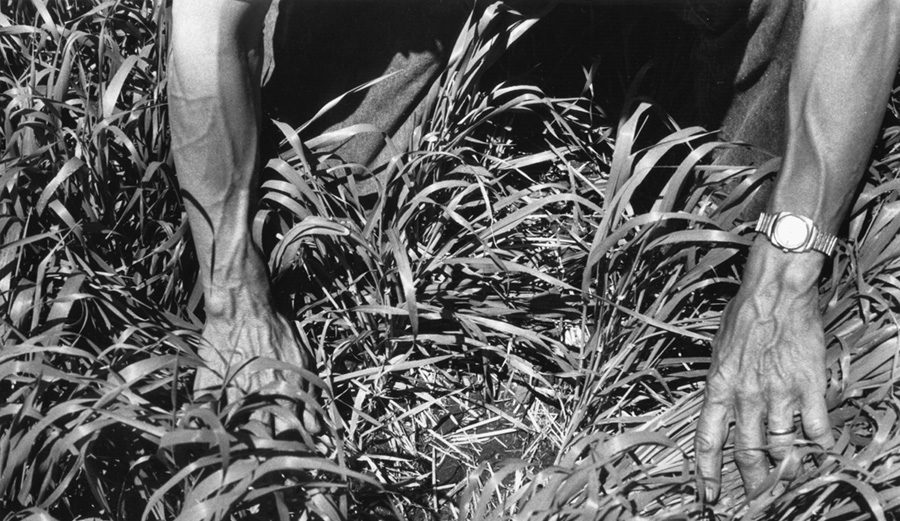No-Till Farmer
Get full access NOW to the most comprehensive, powerful and easy-to-use online resource for no-tillage practices. Just one good idea will pay for your subscription hundreds of times over.

Farmers in the Dakotas are nuts about rotations. No-till rotations improve soil quality, enhance yields, decrease the amount of fertilizer needed—and help farmers manage pest problems.
Of course, there’s a method to the madness, and any no-tiller who’s successful with this concept will say you must have diversity to make it tick.
No-tilling in Columbus, N.D., Larry Dalebout reaps the benefits of using rotations to help manage no-till pests. He was having a difficult time managing some nasty weeds, but found an interesting solution.
“Weed pests such as quackgrass and wild oats have been greatly reduced with the inclusion of broadleaf crops in my rotation,” he says. “Similarly, concentrating on broadleaf weed problems during years of cereal crop production has reduced broadleaf weed pressure.”
No-tilling wheat, durum, triticale, peas, lentils, mustard, sunflower and safflower, Dalebout alternated cereal crops with a pulse or oil crop. It was only last year that he began separating cereal crops in the rotation with 2 years of broadleaf crops.
“Stacking crops with longer intervals in between helps us manage soil borne pests and other crop disease problems without the need for more chemicals and input costs,” he says.
Of course, Dalebout is true to the rotational no-tiller’s creed and believes diversity is the key to making the system work.
“A diversity of crops is essential in preventing the buildup of weed and disease problems that are generally associated with mono-culture cropping systems,” he says. “No-tillage is indeed a growing opportunity for those…